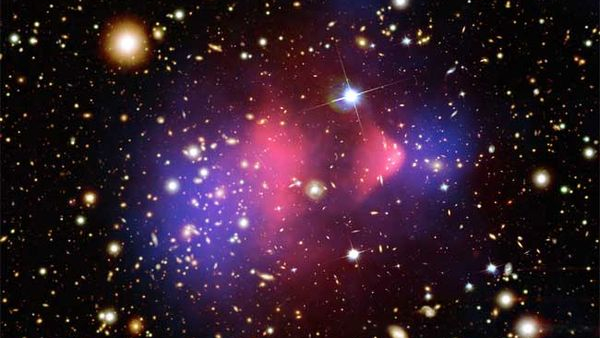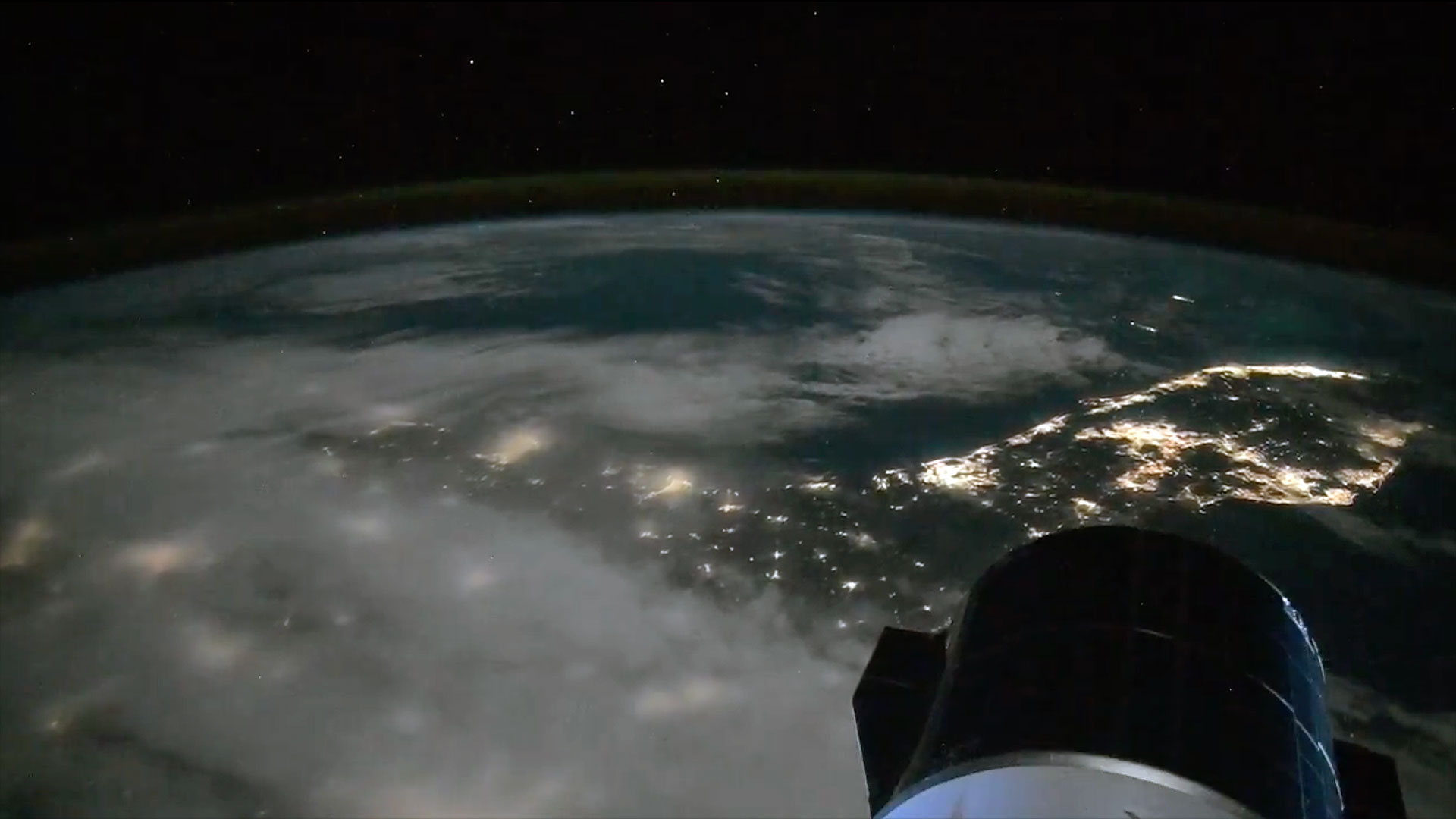Life might have been possible just seconds after the Big Bang

Life has found a home on Earth for around 4 billion years. That's a significant fraction of the universe's 13.77 billion-year history. Presumably, if life arose here, it could have appeared anywhere. And for sufficiently broad definitions of life, it might even be possible for life to have appeared mere seconds after the Big Bang.
To explore the origins of life, first we have to define it. There are over 200 published definitions of the term, which shows just how difficult this concept is to grapple with. For example, are viruses alive? They replicate but need a host to do so. What about prions, the pathogenic protein structures? Debates continue to swirl over the line between life and nonlife. But for our purposes, we can use an extremely broad, but very useful definition: Life is everything that's subject to Darwinian evolution.
This definition is handy because we'll be exploring the origins of life itself, which, by definition, will blur the boundaries between life and nonlife. At one point, deep in the past, Earth was not alive. Then it was. This means that there was a transition period that will naturally stretch the limits of any definition you can muster. Plus, as we dig deeper into the past and explore other potential options for life, we want to keep our definition broad, especially as we explore the more extreme and exotic corners of the universe.
Related: Life may have evolved before Earth finished forming
With this definition in hand, life on Earth arose at least 3.7 billion years ago. By then, microscopic organisms had already become sophisticated enough to leave behind traces of their activities that persist to the present day. Those organisms were a lot like modern ones: They used DNA to store information, RNA to transcribe that information into proteins, and the proteins to interact with the environment and make copies of the DNA. This three-way combo allows those batches of chemicals to experience Darwinian evolution.
But those microbes didn't just fall out of the sky; they evolved from something. And if life is anything that evolves, then there had to be a simpler version of life appearing even earlier in Earth's past. Some theories speculate that the first self-replicating molecules, and hence the simplest possible form of life on Earth, could have arisen as soon as the oceans cooled, well over 4 billion years ago.
And Earth may not have been alone — Mars and Venus had similar conditions at that time, so if life happened here, it may have happened there, too.
Breaking space news, the latest updates on rocket launches, skywatching events and more!
The first life among the stars
But the sun was not the first star to ignite into fusion; it is a product of a long line of previous generations of stars. Life as we know it requires a few key elements: hydrogen, oxygen, carbon, nitrogen and phosphorus. With the exception of hydrogen, which appeared in the first few minutes after the Big Bang, all of these elements are created in the hearts of stars during their life cycles. So, as long as you have at least one or two generations of stars living and dying, and thereby spreading their elements out into the wider galaxy, you can have Earth-like life appearing in the universe.
This pushes the clock back on the possible first appearance of life to well over 13 billion years ago. This era in the history of the universe is known as the cosmic dawn, when the first stars formed. Astronomers aren't exactly sure when this transformative epoch took place, but it was somewhere within a few hundred million years after the Big Bang. As soon as those stars appeared, they could have started creating the necessary elements for life.
So, life as we know it — built on chains of carbon, using oxygen to transport energy, and submersed in a bath of liquid water — may be much, much older than Earth. Even other hypothesized forms of life based on exotic biochemistries require a similar mixture of elements. For example, some alien life may use silicon instead of carbon as a basic building block or use methane instead of water as a solvent. No matter what, those elements have to come from somewhere, and that somewhere is in the cores of stars. Without stars, you can't have chemical-based life.
The first life in the universe
But perhaps it's possible to have life without chemistry. It's hard to imagine what these creatures might be like. But if we take our broad definition — that life is anything subject to evolution — then we don't need chemicals to make it happen. Sure, chemistry is a convenient way to store information, extract energy and interact with the environment, but there are other hypothetical pathways.
For example, 95% of the energy contents of the universe are unknown to physics, literally sitting outside the known elements. Scientists aren't sure what these mysterious components of the universe, known as dark matter and dark energy, are made of.
Perhaps there are additional forces of nature that work only on dark matter and dark energy. Maybe there are multiple "species" of dark matter — an entire "dark matter periodic table." Who knows what interactions and what dark chemistry play out in the vast expanses between the stars? Hypothetical "dark life" may have appeared in the extremely early universe, well before the emergence of the first stars, powered and mediated by forces we do not yet understand.
The possibilities can get even weirder. Some physicists have hypothesized that in the earliest moments of the Big Bang, the forces of nature were so extreme and so exotic that they could have supported the growth of complex structures. For example, these structures could have been cosmic strings, which are folds in space-time, anchored by magnetic monopoles. With sufficient complexity, these structures could have stored information. There would have been plenty of energy to go around, and those structures could have self-replicated, enabling Darwinian evolution.
Any creatures existing in those conditions would have lived and died in the blink of an eye, their entire history lasting less than a second — but to them, it would have been a lifetime.

Paul M. Sutter is a cosmologist at Johns Hopkins University, host of Ask a Spaceman, and author of How to Die in Space.
